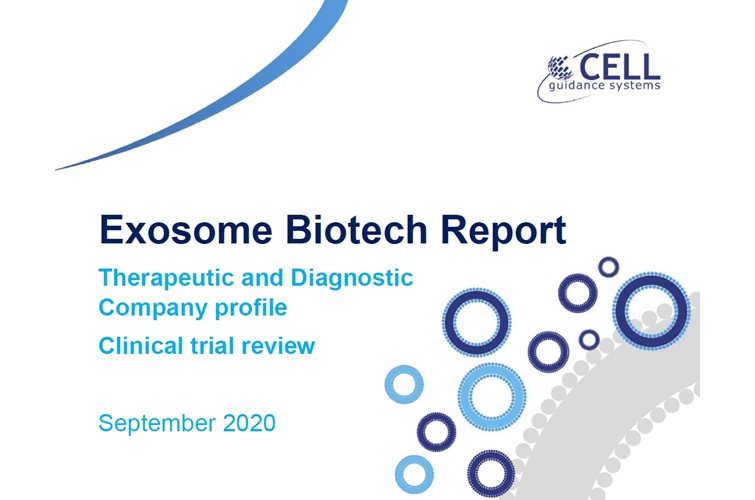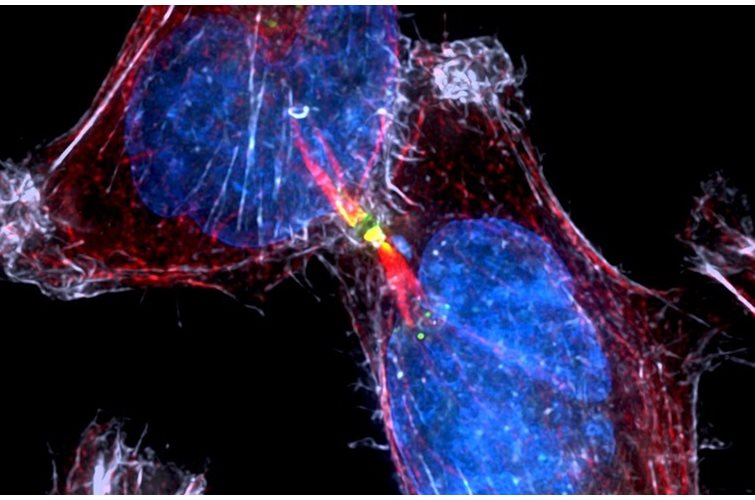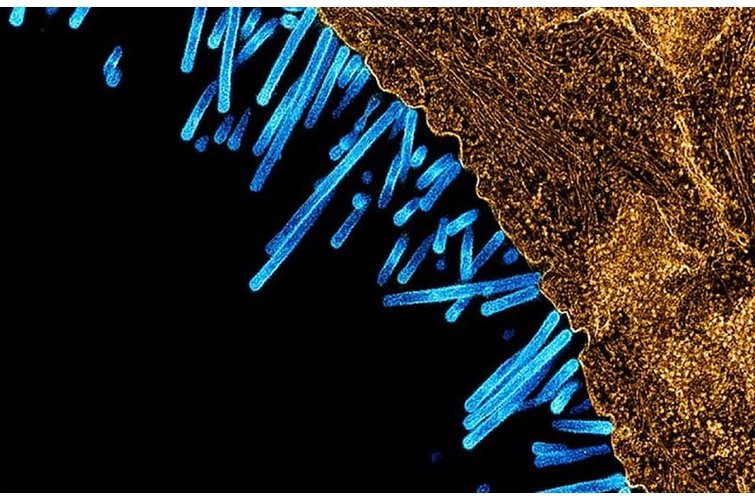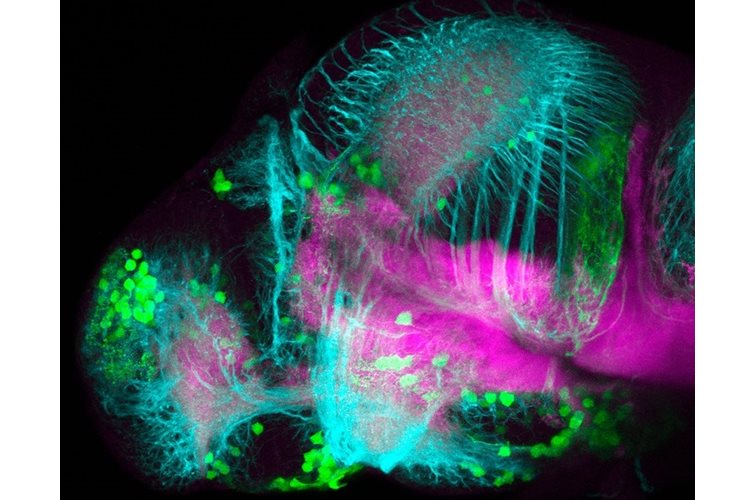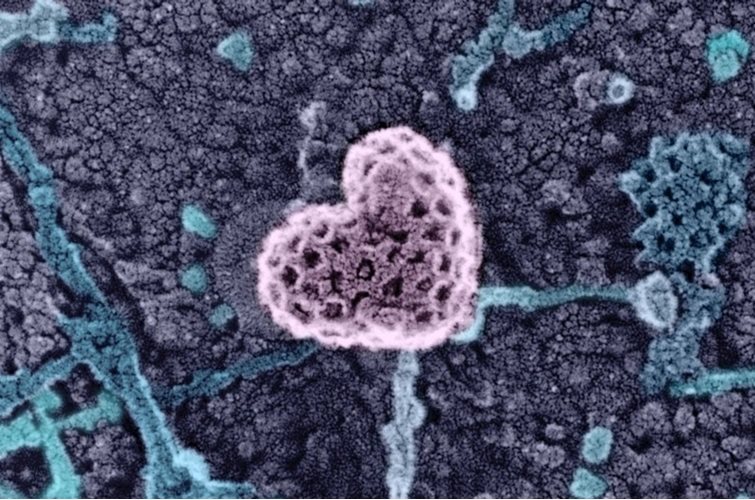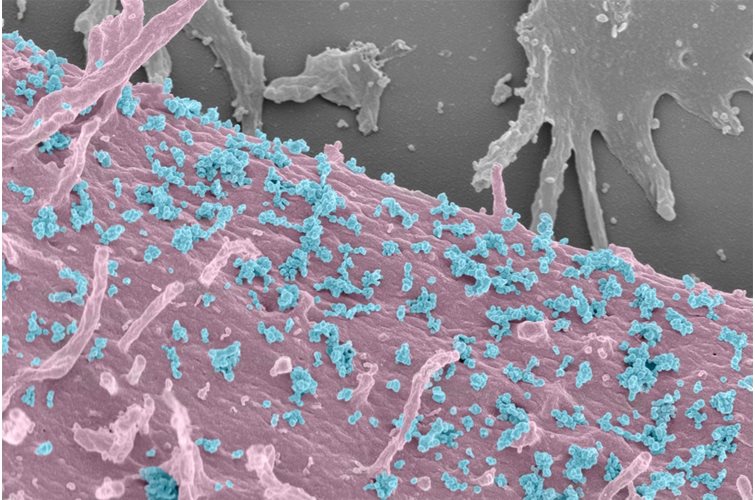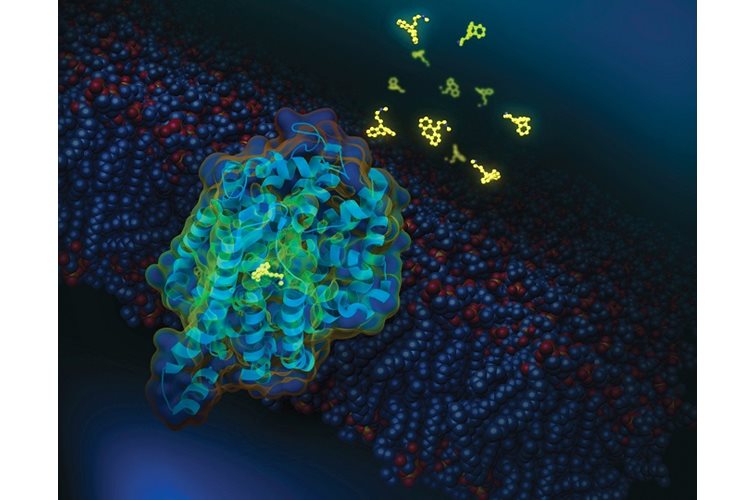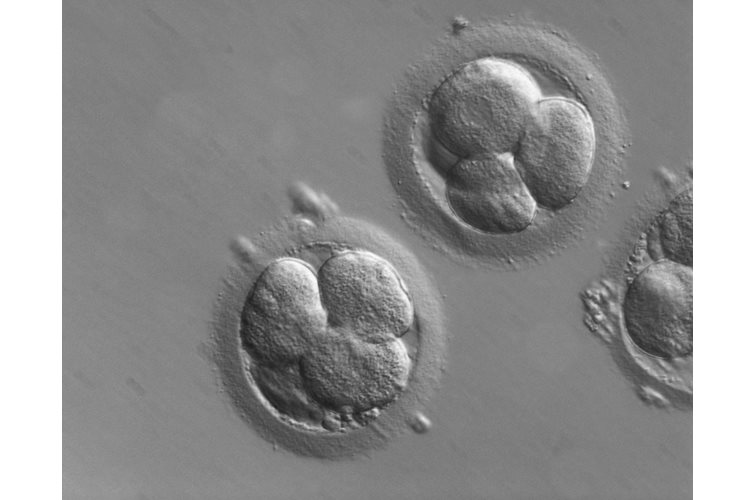Perfect EV purification?

Extracellular vesicles (EVs) are microscopic hollow lipid spheres which shuttle cargo, including proteins and nucleic acids, between cells. The biological importance of EVs in normal tissue homeostasis and also disease is well established. Consequently, their clinical potential as therapeutics and diagnostics is the focus of much attention.

